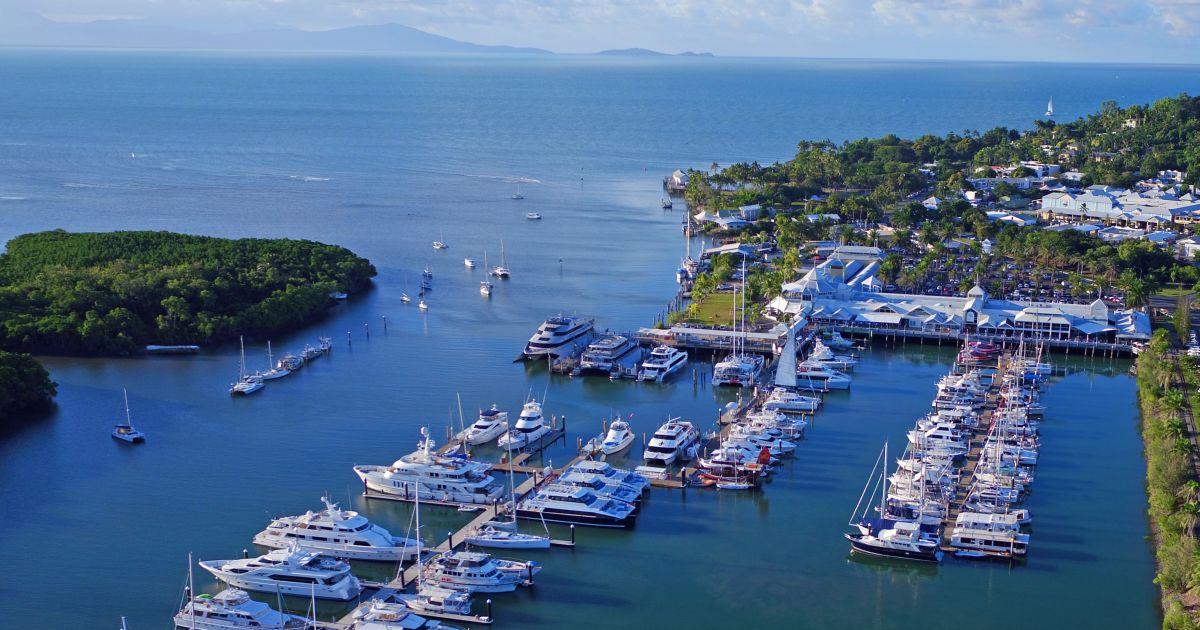Having A Mooring Contractor Is Important

One of the most crucial tasks seafarers perform on deck is mooring. Mooring operation might be simple, but there is a lot of danger associated with it. In fact, there have been many crew members who have lost their lives during operations, and many people familiar with seafaring will tell you about death traps on the ships they work on or have worked on.
It's not easy working on a ship's deckThere are several safety precautions that the deck crew has to consider, and they have to become familiar with working with machinery and equipment. Mooring operations require even more precautions in order for crew members to remain as safe as possible while they perform their duties.
Never allow extra crew members on the deckOnly the required number of personnel should be at the mooring station. Unless someone is involved with the mooring operation, then they shouldn't be there. If people are not assisting in the operation, then you should ask them to leave.
Take weather conditions into consideration before you start to plan the mooring operationCurrents and winds are two huge factors to consider. Before the operation gets underway, a responsible officer and the ship's master should have the details of future weather data, as well as what the current conditions are like.
Mooring equipment, such as the windlass, mooring winch and drums, should be inspected beforehand. Anything that is going to be used in the mooring operation should be checked. If you want to run a smooth operation, then it is important to perform maintenance on equipment and systems.Inspect the mooring line's tail, if the wireline comes with a tail
You want to make sure the tails are the same size and the materials of the tails are the same. The tails should be the same for all the lines within the same service. If you use various sized tails, as well as materials, then this will make operations even more difficult because there would be an uneven load in the line.Only one line at a time should be tended throughout the mooring operation, otherwise, the other tended lines may become overloaded. This could result in the lines breaking. You want to follow the orders that are given to you. By listening to the responsible ship officer or the master of the ship, you'll reduce the chances of mishaps from occurring.
Never use mixed mooring because doing so is very dangerousGenerally speaking, you should use the same size and materials for all mooring lines for all leads. If the available equipment used does not allow this, then all of the lines within the same service should be the same size. This includes spring lines, breast lines and stern lines to name a few.
Mixed moorings that are full-length synthetic ropes should not be used alongside wire. If wire and synthetic rope are used within the same service, then the synthetic rope will basically carry no weight of the load. The wire will be carrying just about all of the load.Keep checking the load on the mooring lines
Do this even when the mooring operation has been completed. If you notice a change in the ballast condition of the ship, then you should either tighten or slack the lines. Also, keep checking the rope material, as doing this can reduce the chances of unforeseen accidents from occurring.Finally, the mooring lines should be symmetrical with the breast line or arranged to it as close as possible. Try to ensure the breast line is perpendicular to the centerline of the ship. Furthermore, the spring line should be parallel to the centerline.



